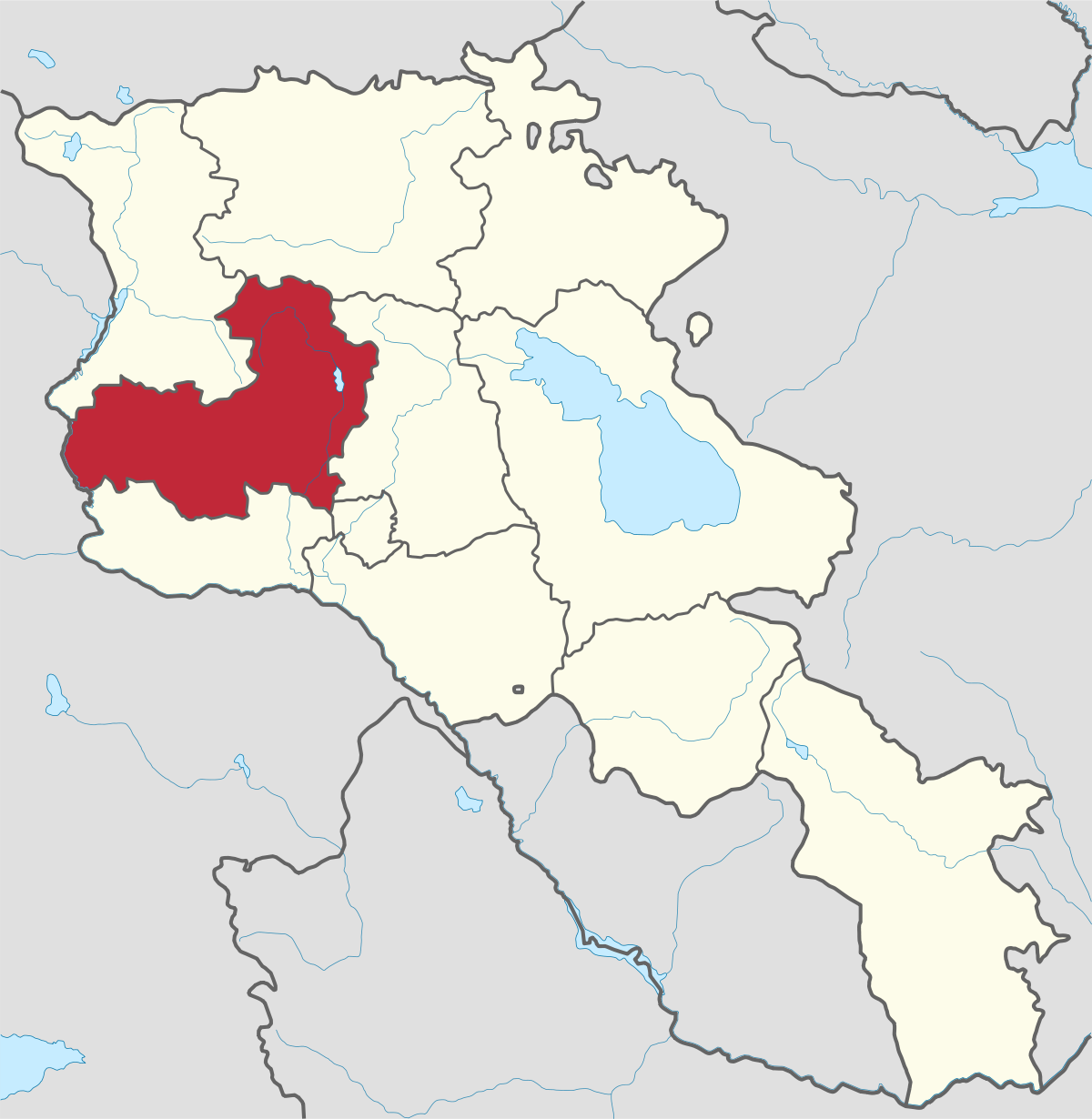
Aragatsotn Region
Aragatsotn is named after the massive mountain (4095m / 13,435 ft.) that hovers over the northern reaches of Armenia. This region is one of the...
Noratus cemetery
Noratus (also called Noraduz) cemetery is most famous for its over 800 khachkars (stone crosses), carved between the 9th-17th centuries.
The carvings are from each period of the art form's development, which are distilled into three main periods: 9th-10th cc, 11th-12th cc and 13th-16th cc.
Noratus field was the second largest field of khachkars in existence until the larger field of around 2,500 khachkars at Jugha (Nakhichevan) were systematically destroyed by Azerbaijan in 1998-2005. Few Jugha Stones survive, mostly at Echmiadzin. After the destruction of the Jugha field, Noratus became the largest remaining collection of khachkars in the world.
The Development of the Khachkar
Among Armenia's unique contributions to world heritage, one of its most original is the Khachkar (Stone Cross). Khachkar is a carved, memorial stele bearing a cross, and often with additional motifs such as rosettes, interlaces, and botanical motifs.
Based on ancient traditions of obelisk art, the rise of the khachkar began in the early Christina era and reached its zenith in the Middle Ages. Noratus cemetery has many fine examples from each period of their development.
The origins of the khachkar date to the pre-Christian period, to carved monumental water-worship idols erected at sources of water, known as vishaps (dragon stones). As early Christians converted pagan temples into churches, they often erected the symbol of their new religion—the cross—at the site.

Aragatsotn is named after the massive mountain (4095m / 13,435 ft.) that hovers over the northern reaches of Armenia. This region is one of the...
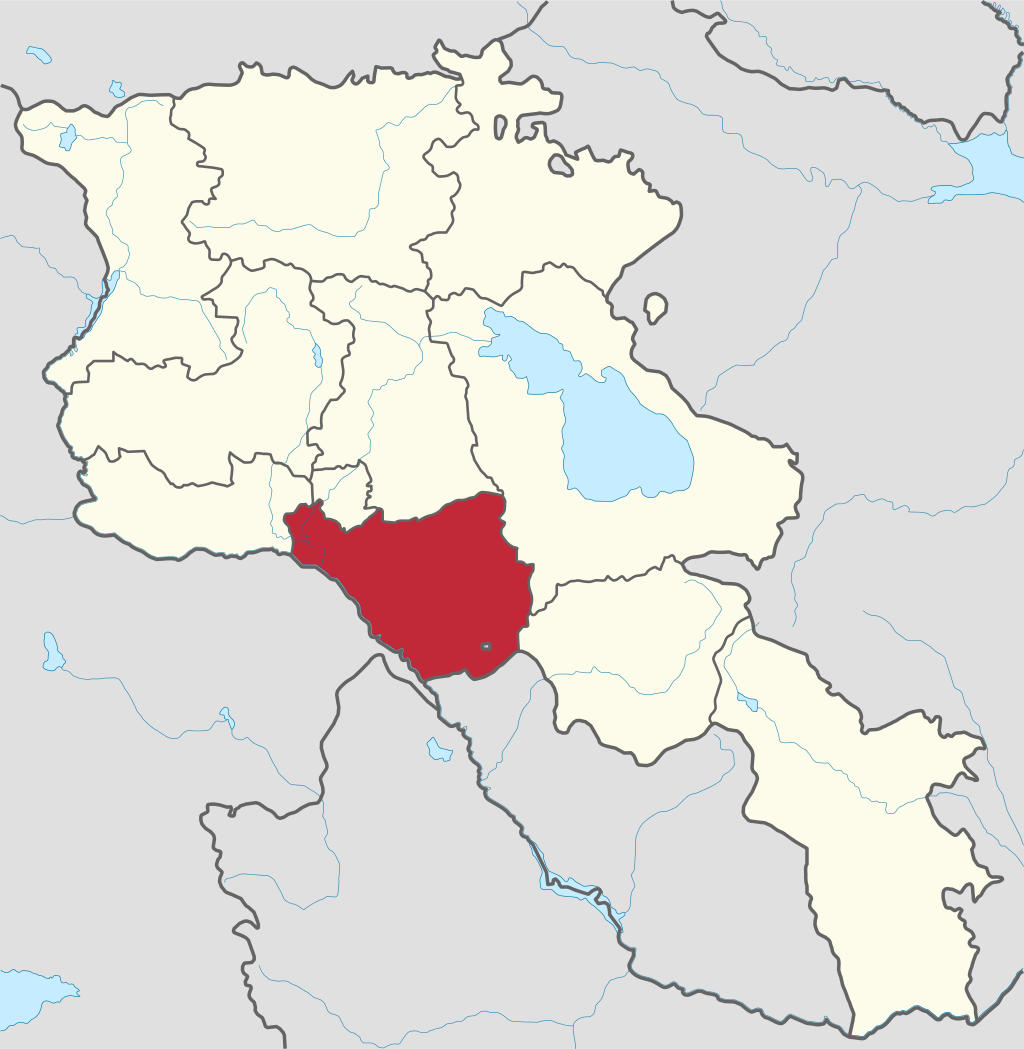
Ararat region is named after the biblical Mount Ararat which is mentioned in the Bible as a place where Noah’s ark has landed after the Great...
.png)
Armavir Region - Because of its Christian history the region is most famous for locals and Diaspora Armenians, who make pilgrimages to Armenia to...
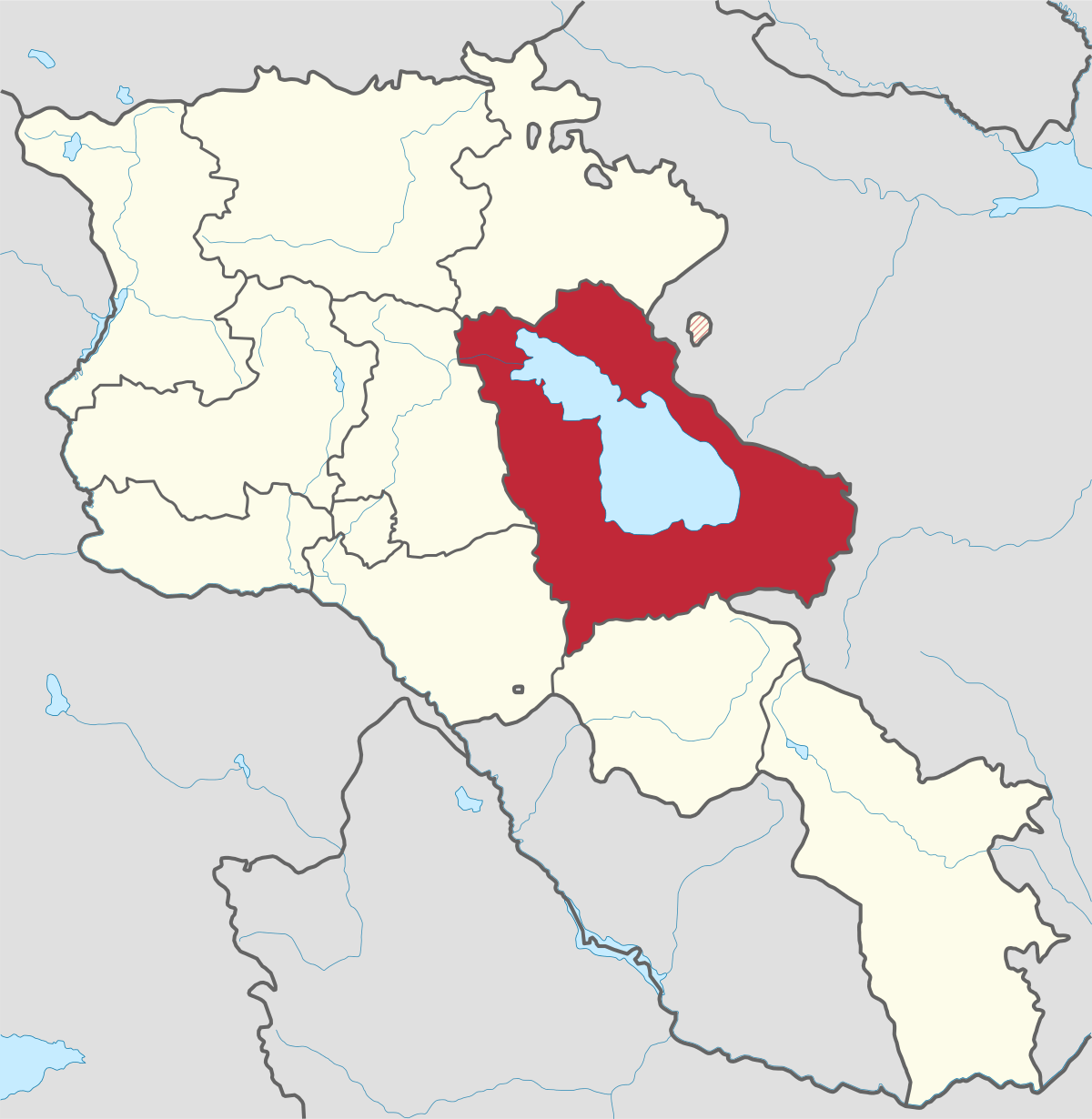
Gegharkunik ist die größte Region Armeniens, die an Aserbaidschan und die Shahumyan-Region der Republik Berg-Karabach grenzt. Ein Viertel der...
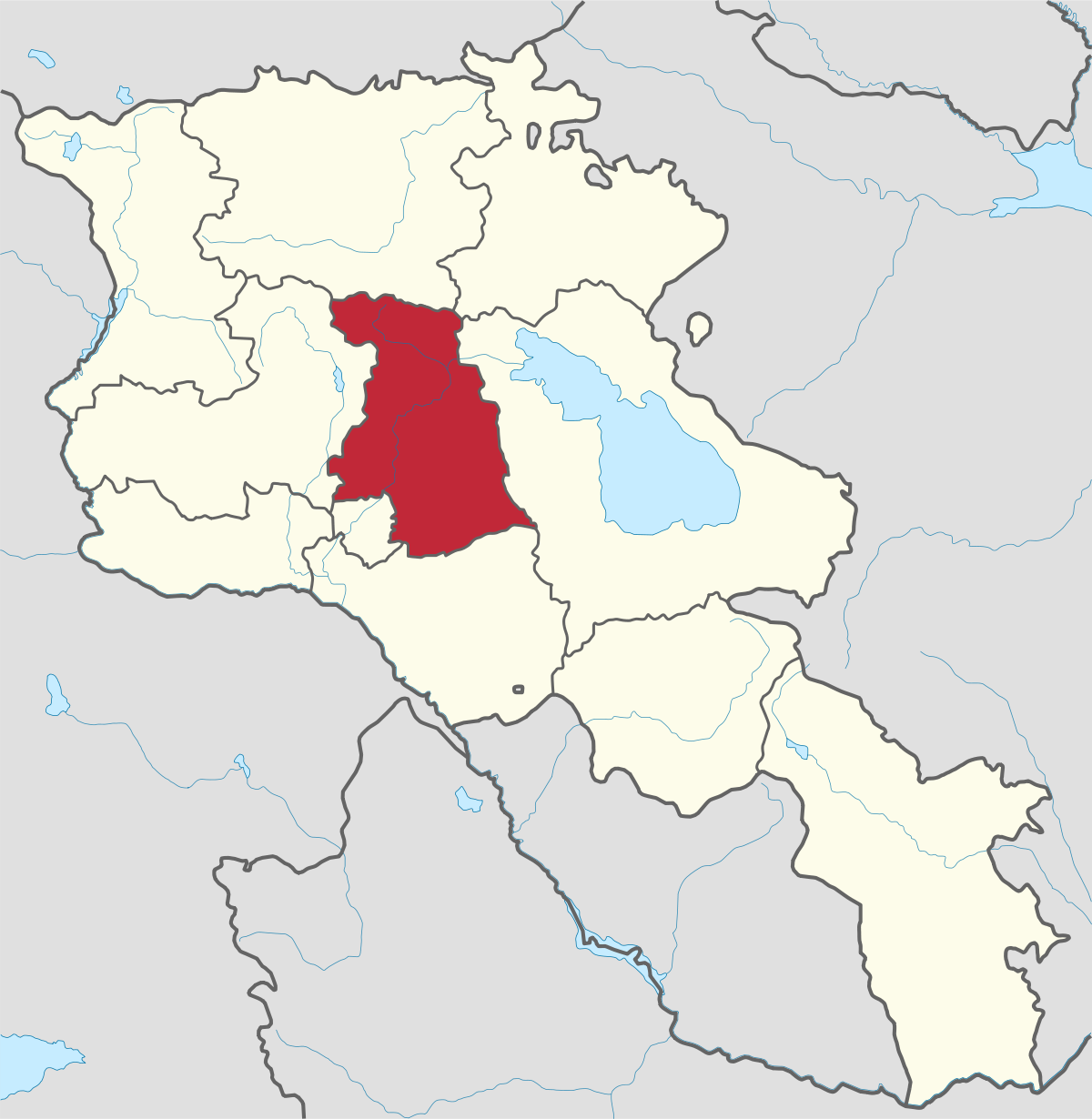
Kotayk region is located at the central part of the country and is home to many must-see sites in Armenia including the pagan Temple of Garni...
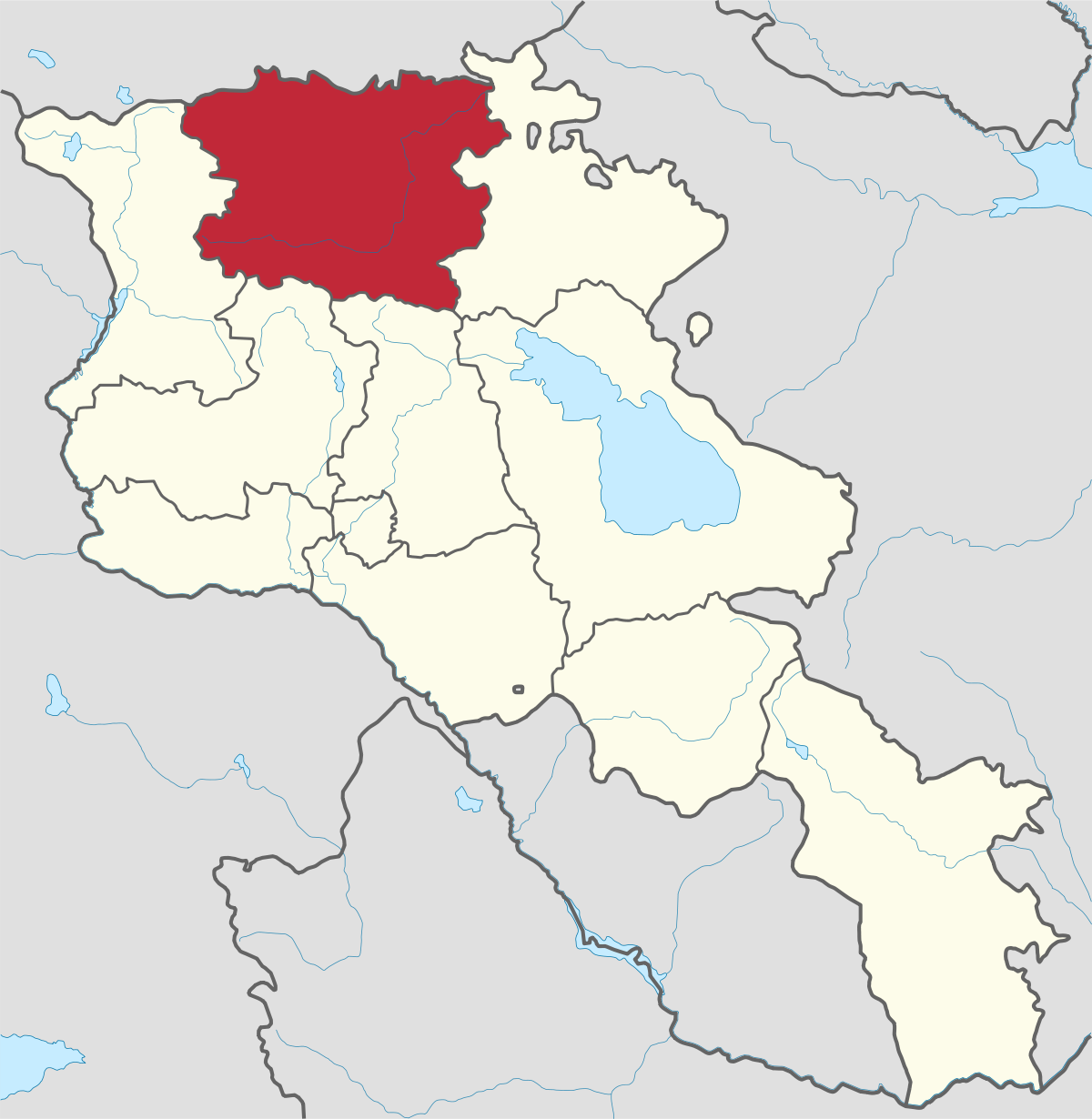
Lori region is in the northern part of Armenia, bordering on Georgia. It is considered Armenia’s greenest area, with more native forest land than...
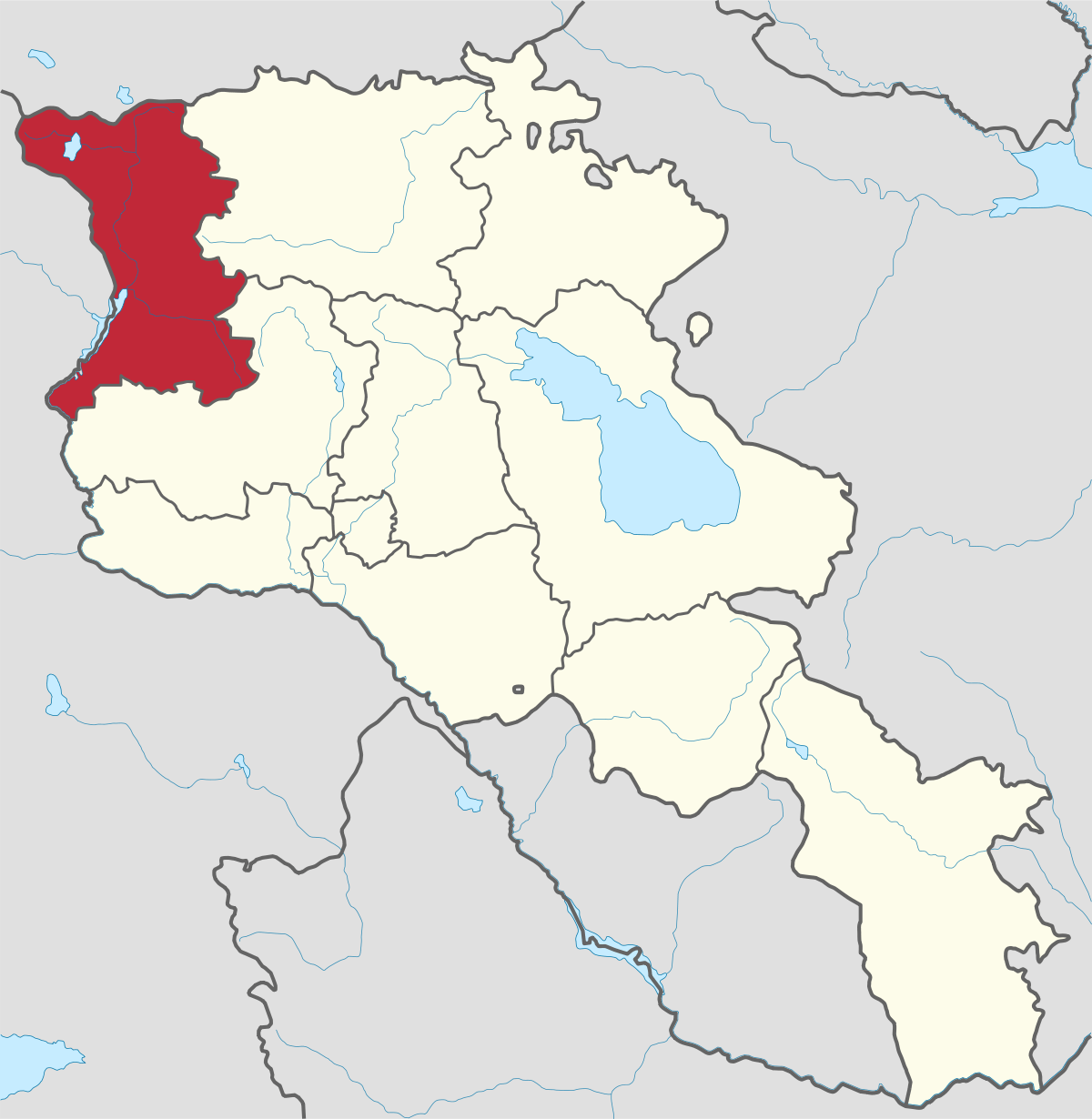
Shirak region lies in the north-west of Armenia. It borders with Georgia and Turkey. Shirak region is mainly dominated by the Ashotsk Plateau and...
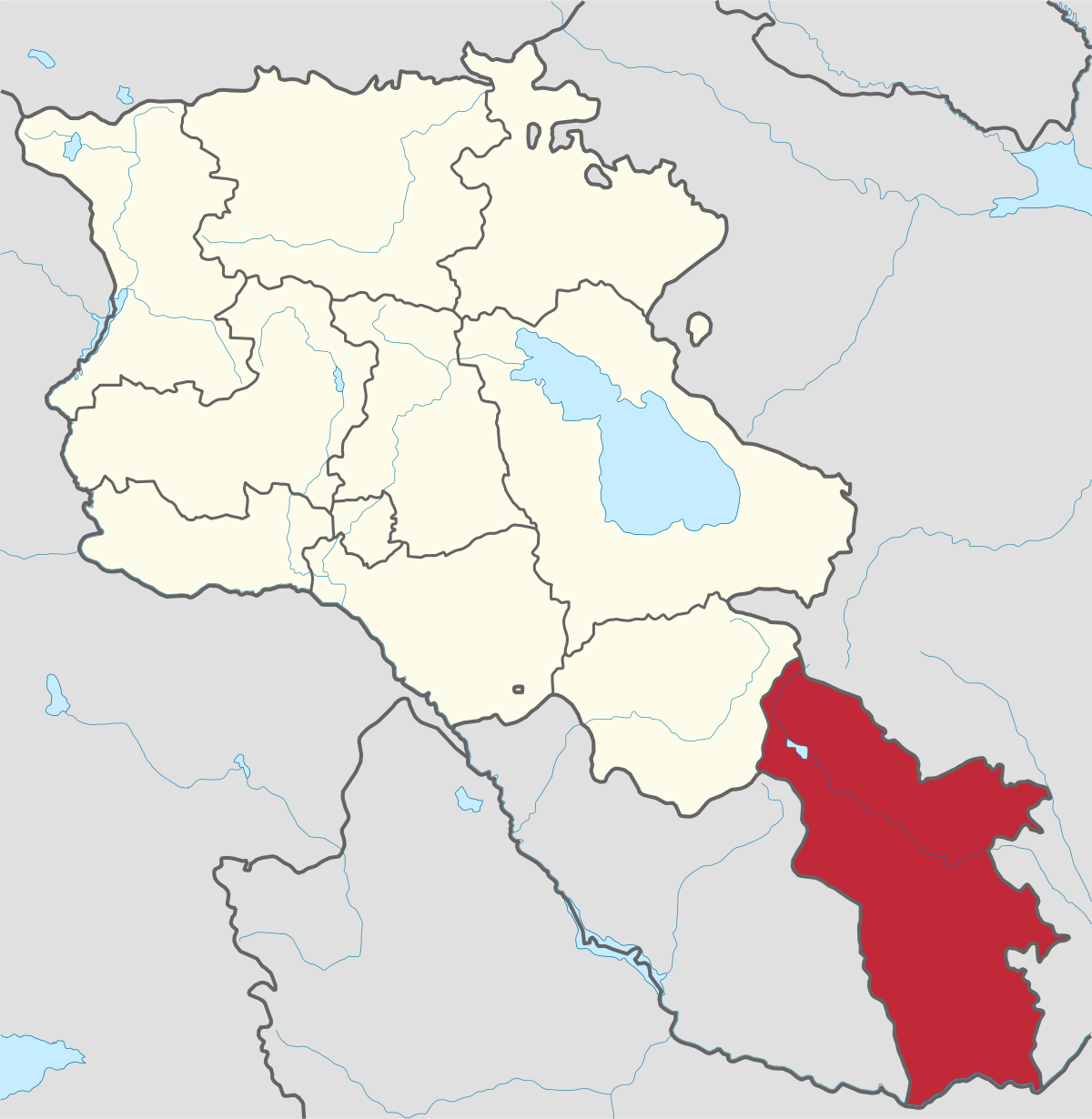
Syunik region- It is in the southern part of Armenia, bordering by Azerbaijan's Nakhchivan Autonomous Republic exclave, the de facto independent...
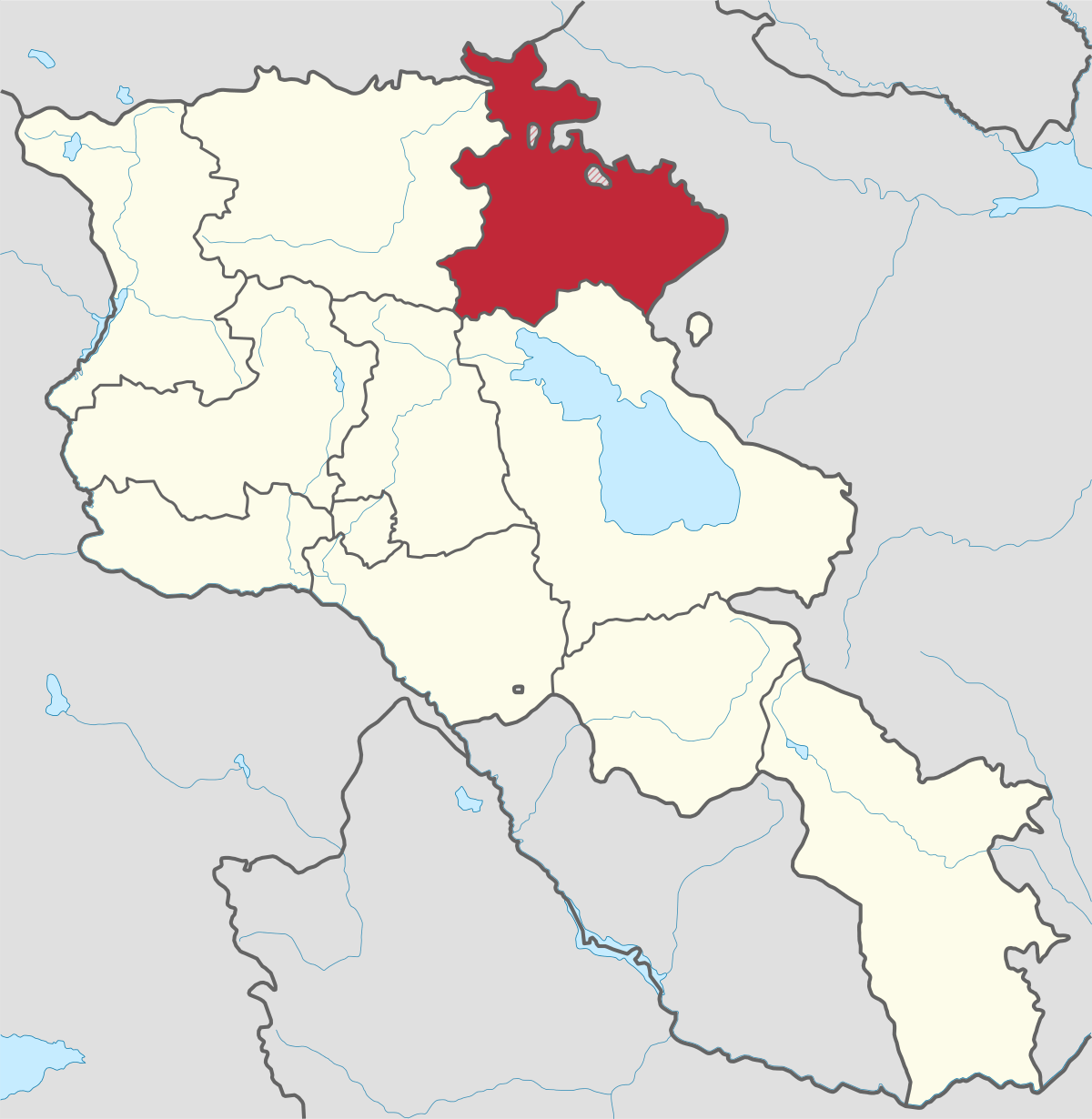
Tavush region lies in the Northeast of Armenia, bordering by Georgia and Azerbaijan. The territory is mainly mountainous and rocky hillsides...
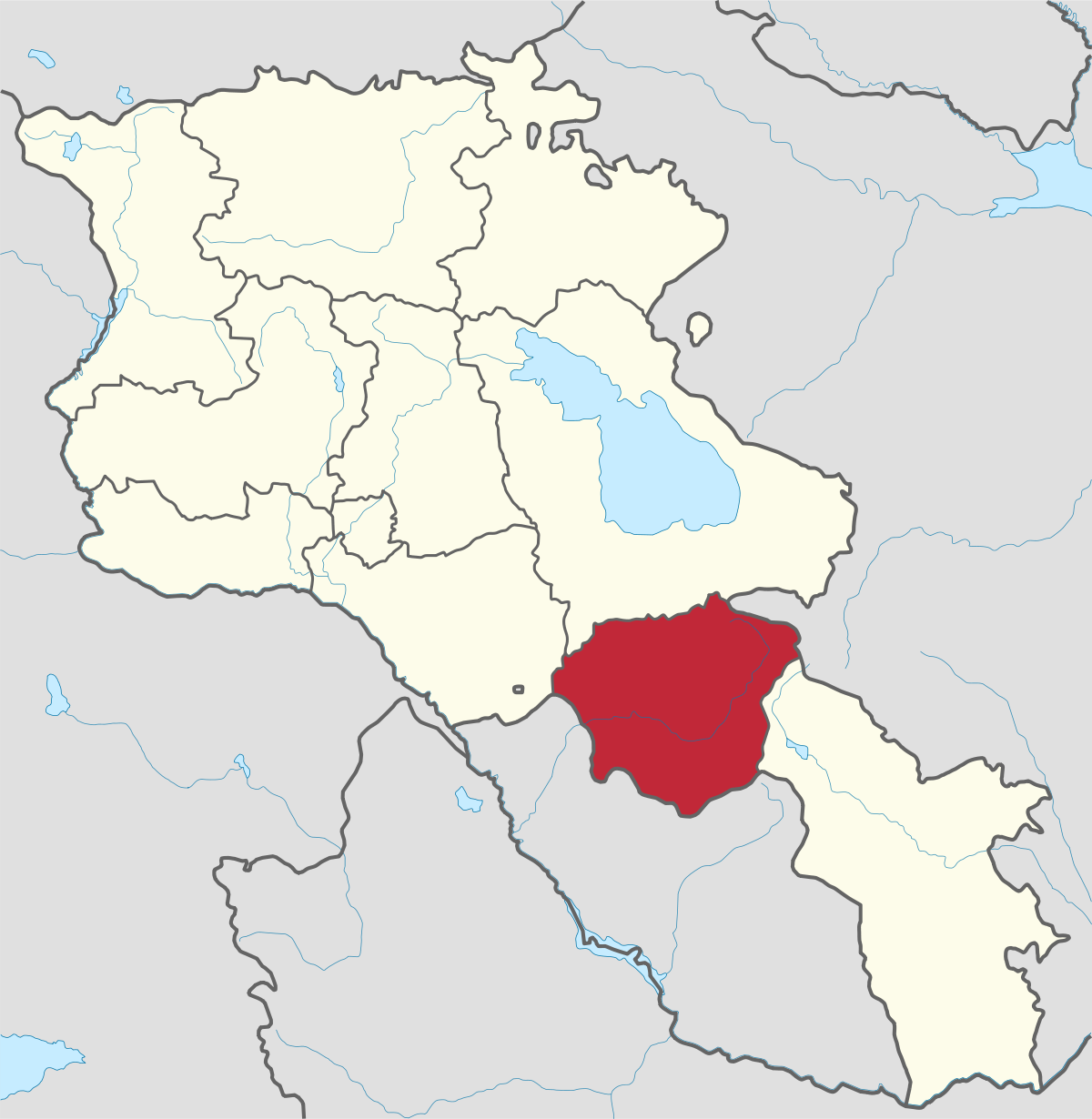
Vayots Dzor region is mainly a mountainous region at the southeastern end of the country, known with Jermuk Waterfall, Areni cave, Smbataberd...
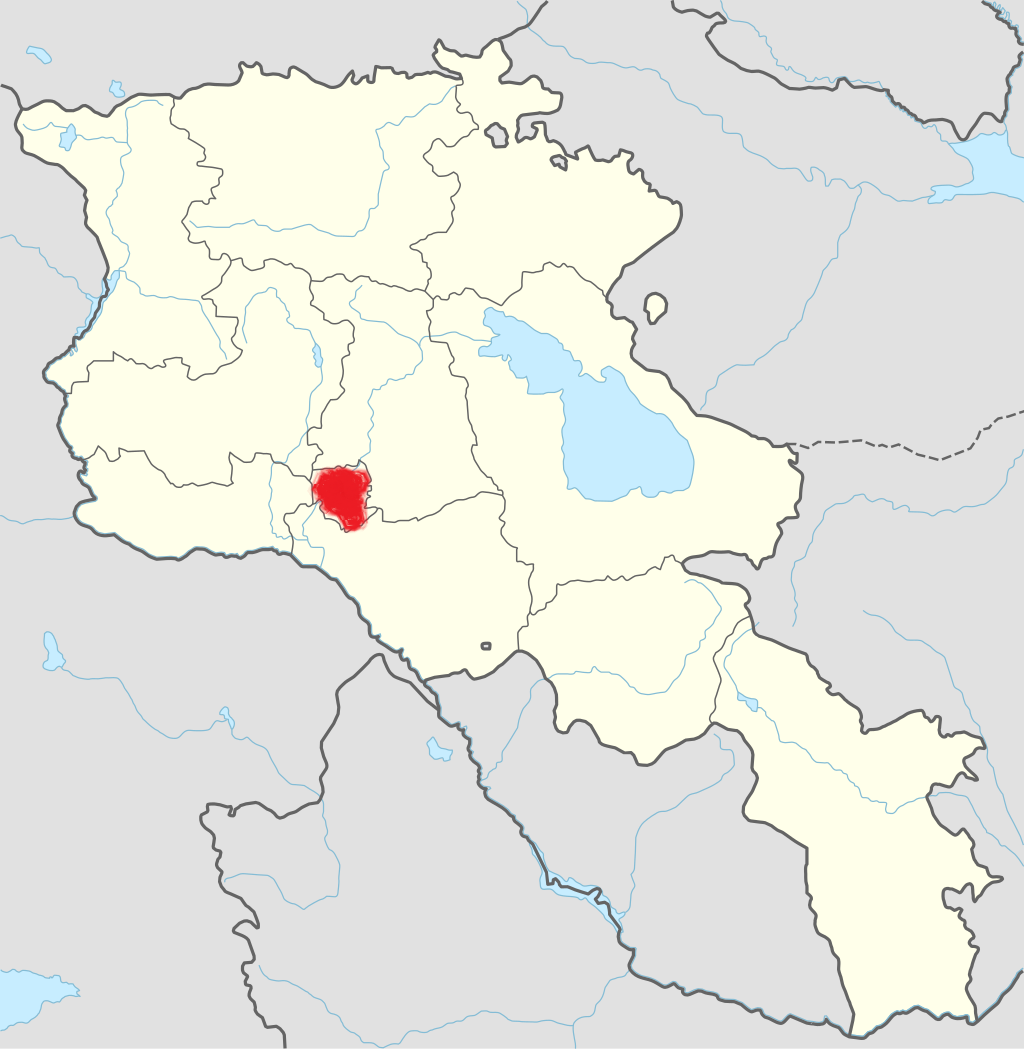
Yerevan city – 2800 years old. Yerevan is the capital of the Republic of Armenia with more than 1 million people. It is an amazing city with view...
800
149
1476
32